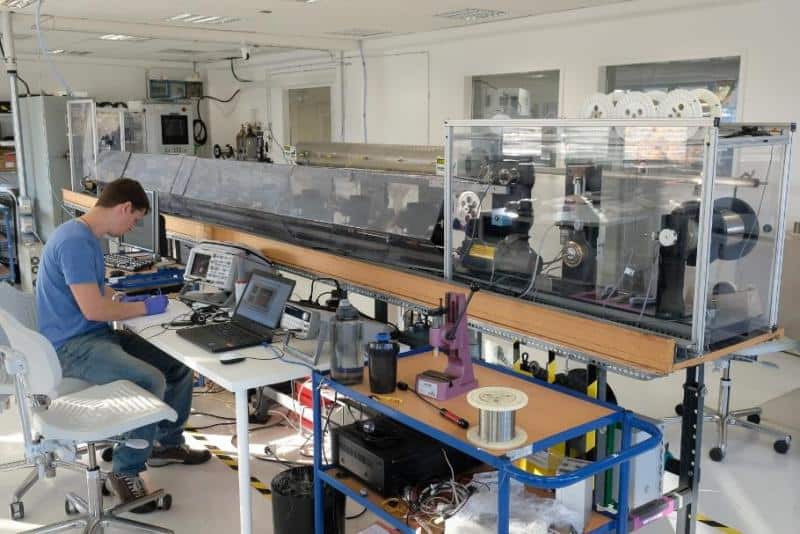
With the growing interest in small distributed sensors and other electronic devices aimed at collecting data for new applications—including the Internet of Things (IoT)—more attention is being paid to technologies for energy harvesting. Engineers and scientists are looking for ways to enable stand-alone devices that collect small amounts of energy from the surrounding physical environment, to power a tiny electronic circuit.
Several energy harvesting technologies are in use today. Thermocouple effects, for example, can be harnessed to provide electrical energy (although these require strong temperature gradients in the region of the device to provide significant power levels). Piezoelectric transduction, electromagnetic induction, and capacitive energy harvesting all rely on conversion of mechanical energy from a vibrating component into electrical energy. The Wiegand effect is another energy harvesting technology that generates electrical energy from mechanical motion, in this case, rotations or oscillating motions. Wiegand effect energy harvesting is reliable, efficient, and capable of producing consistent levels of energy, even when the underlying motions occur very slowly.
The Wiegand Effect
The “Wiegand effect” was first discovered in the 1970s by John Wiegand, a German-American musician and inventor who became interested in the use of magnetic effects in audio equipment.
With the growing interest in small distributed sensors and other electronic devices aimed at collecting data for new applications—including the Internet of Things (IoT)—more attention is being paid to technologies for energy harvesting. Engineers and scientists are looking for ways to enable stand-alone devices that collect small amounts of energy from the surrounding physical environment, to power a tiny electronic circuit.
Several energy harvesting technologies are in use today. Thermocouple effects, for example, can be harnessed to provide electrical energy (although these require strong temperature gradients in the region of the device to provide significant power levels). Piezoelectric transduction, electromagnetic induction, and capacitive energy harvesting all rely on conversion of mechanical energy from a vibrating component into electrical energy. The Wiegand effect is another energy harvesting technology that generates electrical energy from mechanical motion, in this case, rotations or oscillating motions. Wiegand effect energy harvesting is reliable, efficient, and capable of producing consistent levels of energy, even when the underlying motions occur very slowly.
The Wiegand Effect
The “Wiegand effect” was first discovered in the 1970s by John Wiegand, a German-American musician and inventor who became interested in the use of magnetic effects in audio equipment.
POSITAL-FRABA anticipates that improvements to the energy harvesting potential of the Wiegand wire system, coupled with improvements in low power electronic chips, will lead to fully self-powered sensors. Add in the possibility of wireless data communications, and we are approaching the ideal of stand-alone sensors that won’t require wired connections for power or data communications. Such sensors would open the door to an enormous range of exciting applications.

